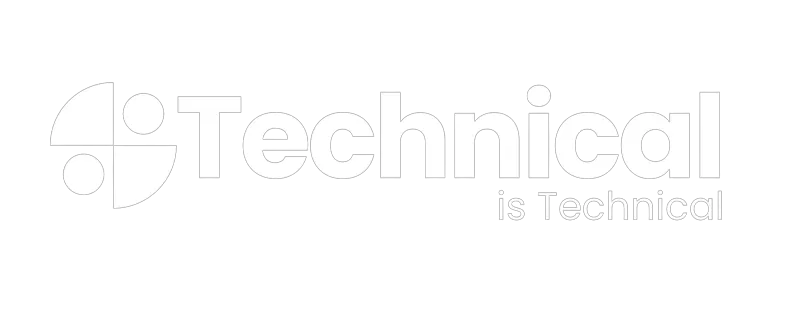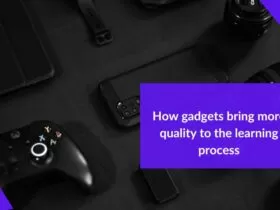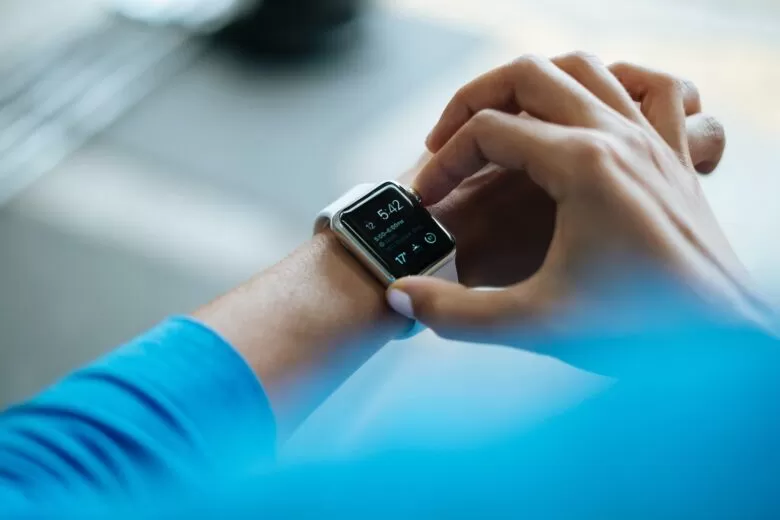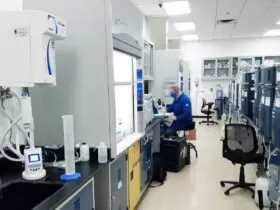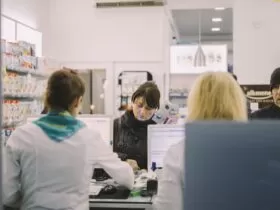The healthcare industry is the backbone of society as we know it. One of the reasons we have come this far as a species is our advanced healthcare facilities and the constant development that we see in the industry every year. A broken arm or even sepsis which was once considered a near-death sentence is now a run-of-the-mill issue that can be treated easily. This is just one example of the sheer development of the medical industry in the last two centuries.
However, with the help of technology, we continue to go above and beyond what anyone ever imagined and re-envision how we see medicine. With AI, Virtual Health Assistant, cloud-based data storage, and advanced machinery, we continue to improve medicine, and society becomes just a little safer (in terms of health issues) every year.
This article aims to expand on that topic just a little bit and discuss more on how technology is improving healthcare with every passing year. Read till the end of this article to develop a complete picture of the future of technology in healthcare.
5 ways how technology is improving healthcare industry
Labels and Barcode Readability
It should be no surprise to hear that even minor doses of strong medication can significantly affect the human body. Therefore, you can imagine what the wrong doses can spell for patients already suffering.
Understanding the labels and reading the barcodes is one of the most important prerequisites before administering a dose. However, with modern technology, the entire process has become easier. Now with medical barcode scanners, you can easily understand the contents of medication and ensure that you have the right product for the right patient.
Gone are the days when nurses and doctors would manually read and sift through the labels and barcodes to understand the medicine in question. These scanners eliminate a fair degree of time and effort, and these professionals can focus on what matters. This helps eliminate the chance of wrongful medication or overdosing the patient in question.
Research and development
With the help of technology, clinical trials, research, and development have all seen a massive increase in the last 20 years. Where data was once stored in books and binders, data storage facilities have re-defined how we store and test data.
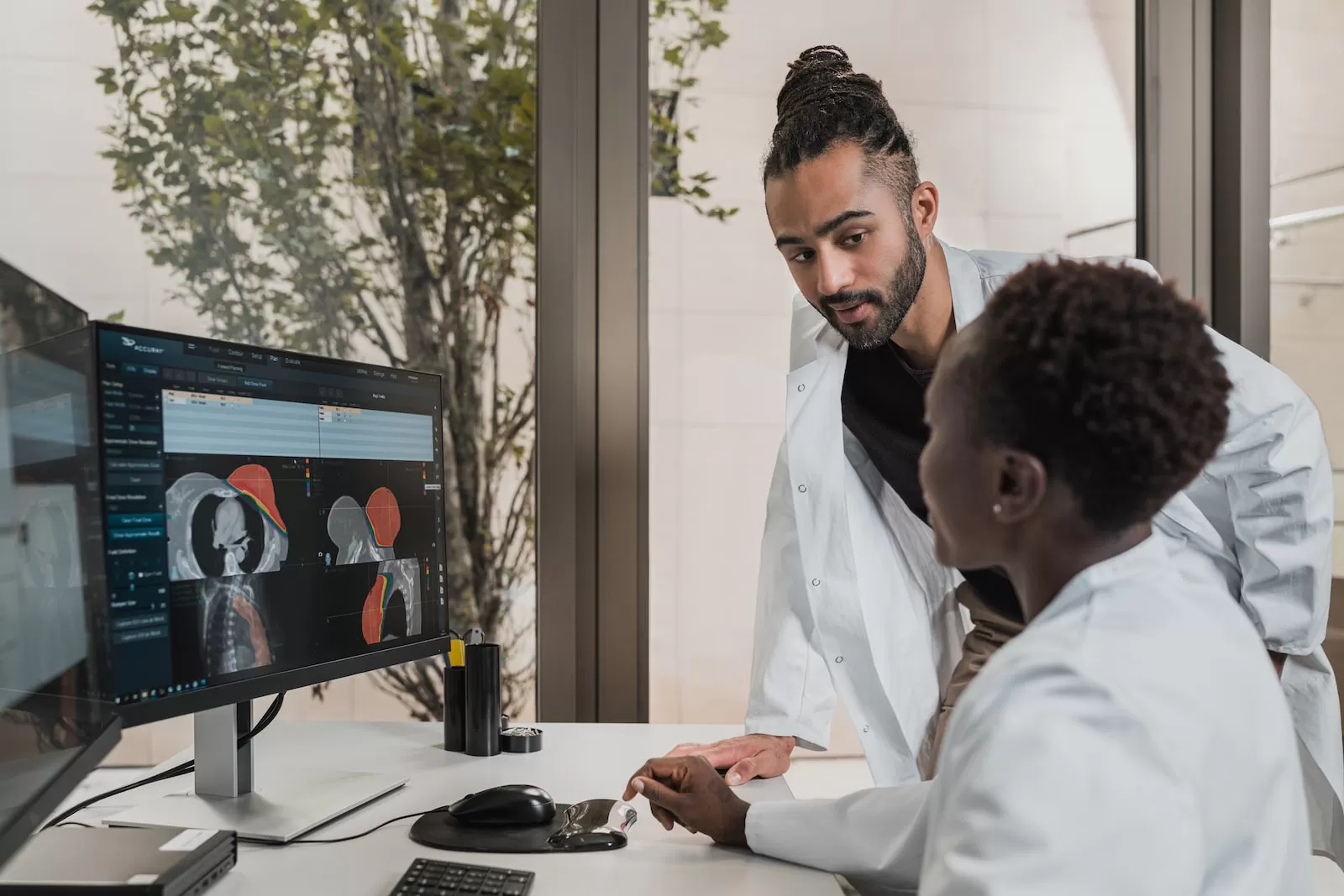
Software such as SPSS and other data analysis tools help researchers ensure that their findings are accurate, significant, and reliable. Moreover, the mind of a computer has a certain degree of predictive value. Therefore, there is much less human intervention than there once was, and automated processes are slowly replacing the traditional manual labor that research was once famous for.
Data Management
After research and development storage, patient information is probably the most important set of data that needs to be stored. Not only is it extremely important for the doctor’s reference, but this is also confidential information to be kept between the doctor and the patient. Therefore, breaches of such information could result in multi-million-dollar lawsuits.
These are usually outsourced to third-party companies whose sole job is to help maintain the cloud and ensure there aren’t any security breaches concerning the client information.
Another aspect of data management involves handling prior authorization information, which is the process of obtaining approval from insurance companies before certain medications can be administered. For instance, consider Taltz prior authorization information. This information requires protection and controlled access, as unauthorized disclosure or manipulation could have serious consequences for the patient’s health and privacy.
Mechanics and automation
The way we approach certain surgeries now Is more complex than it has ever been in the past. Not only is there a fair deal of mechanical automation, but human surgeons cannot rely on anything else. Certain tools, gadgets, and machines we use in surgery simply make the process easier.
Moreover, with camera-based inspection, doctors can now fully understand the extent of a patient’s issue and address it most appropriately. One example is a colonoscopy, where the camera helps the doctor develop a holistic idea of what is happening inside the patient’s colon.
An easy bridge between physician and patient
One of the biggest issues in the past was finding a well-reputed doctor who could take care of your needs. However, now with certain apps and websites, you can find the best doctor for your condition within a certain radius. This is a game changer for patients who cannot access quality care.
Moreover, with remote consultation, you no longer have to go into the doctor’s office to have yourself checked out. There are two parts to a medical examination—the verbal demonstration and the data recording through tests. With online consultation, you can explain your issues to a doctor and schedule an examination for a later date. This is a breakthrough for people who need immediate advice.
Conclusion
There are just some common ways that technology is playing a positive role in healthcare. Without technology, as we know it, we might not have had such a strong healthcare system to fall back on. As much as we owe credit to medicine, technology is the backbone of the healthcare industry which will now remain a constant for the foreseeable future.
We hope this article has enlightened you to some extent and helped you better understand technology’s role in medicine.
